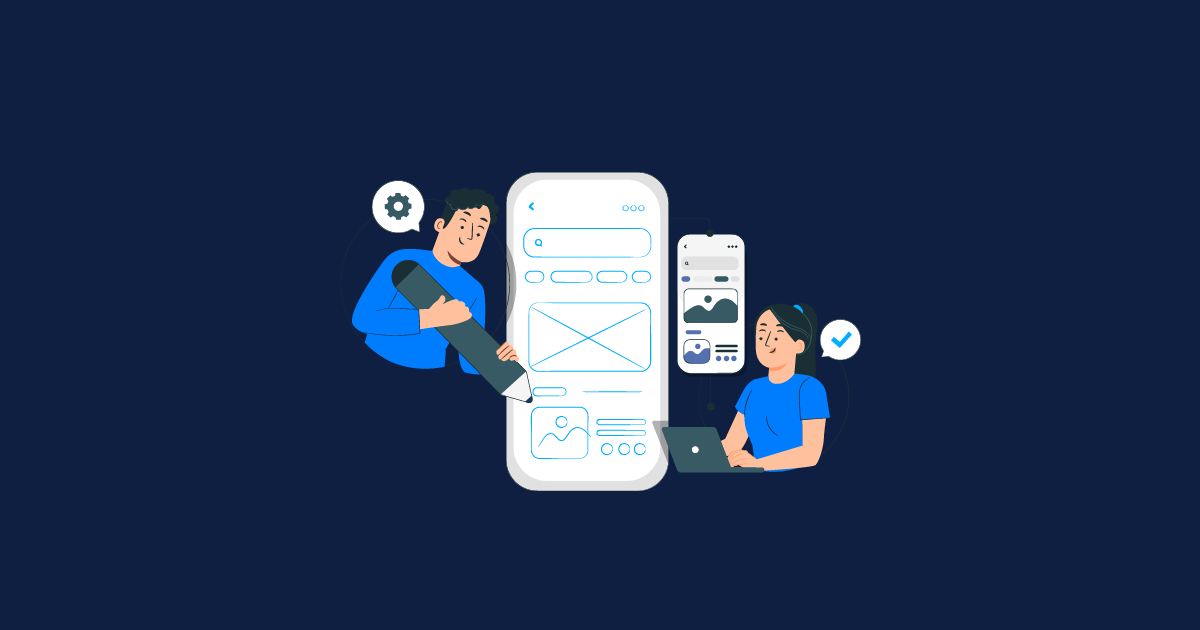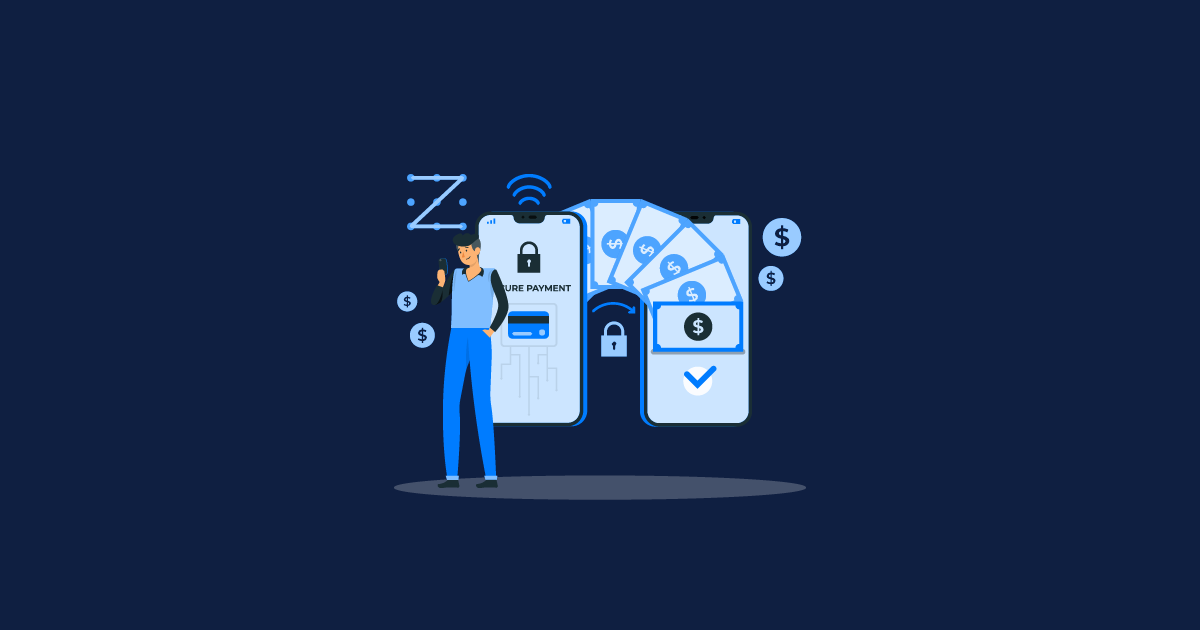A tester usually gets the client requirements document for the function that requires QA. There may be an issue of insufficient requirements or lack of documentation which leaves testers with no documentation to proceed with.
The testers can always request documentation from the project manager, developer, product owner/engineering manager or also from the client. However, this process may take time, ultimately leading to missing deadlines. But, with agile teams and expert QA analysts, software testing can be performed by using efficient and proven techniques even when there is no documentation available.
Technically, there cannot be applications without proper documentation, and an application without requirements would resemble software with no specific function but simply possess lines of code. Here is a step-by-step guide to help perform testing without documentation when facing such a scenario.
Step #1 Start with available data
It is highly unlikely to get all the requirements. It could be as simple as checking the backlog, a help file, an email, an older version of the BRD/FRD, or old test cases, user stories, product demo videos, etc which we can even find in ALM tools. Testers can use these pieces of data to begin the informal testing process.
Step #2 Collect data from other teams
Testers can ask specific questions to developers, project managers, or product managers about the functions of the app and find out what they have to do. For instance, questions like “when a user presses this button, what must the app do?” can be framed to understand the various functions of the software even without the requirements.
Pay attention to team meetings, participate in client meetings, and ask queries about the app and its functions. Take data from user needs and their approach towards the app to understand the app requirements.
Testers can also approach developers to learn about the app’s logic and intended functionalities. When an app has an error, it will reflect in the front end by preventing certain app functionalities from performing smoothly. Testing experts can conduct an inspection to eliminate the errors by running tests.
Step #3 Explore the software
QA testers can perform exploratory testing on the software to determine its function and capabilities. Analyze the functions that work perfectly and those that don’t. Approach the software from the user’s perspective and explore the critical functions and highly used features. Testers can also learn the software behavior, users, workflows, and product properties. Sometimes in the absence of documentation, QA specialists can also take the help of product owners who can provide a product demo with product demo videos and data to help frame a new documentation.
Step #4 Translate the collected requirements into test cases
After understanding all the available requirements, testing teams must write all possible test scenarios. Use emails, notes, recorded data, and marketing material to create the test cases. Testing teams must begin to write test scenarios based on the available requirements documentation, app screenshots, user stories, etc. A test case is then written for each scenario.
Ensure that every requirement is documented progressively as more documentation complies with the testing process. Once the QA lead reviews the test cases, QA testers can execute them.
Testing without requirements with QAonCloud
Testing without documentation has its risks. 100% test coverage is not possible anytime. But, experts with testing knowledge and skills can work their way up from having no documentation to establishing adequate documentation to perform testing.
QAonCloud has worked on sophisticated projects and has catered to several software testing needs for versatile industries. Our expert teams can enhance app quality with testing without requirements to create a better end-user experience at competitive prices.



